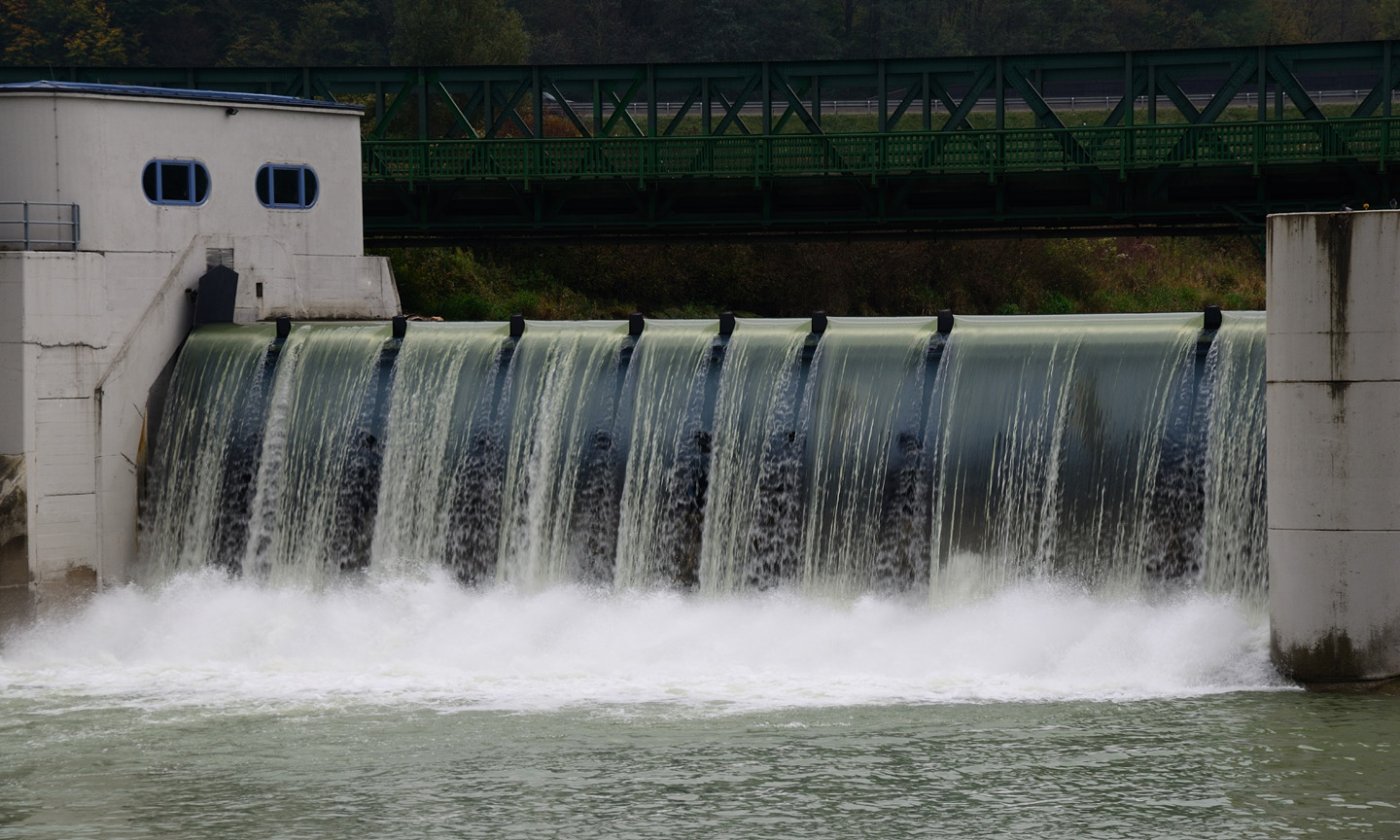Nutrient Credit Trading Markets
To improve our water quality, increase wildlife habitat, and reduce flood damage, we need to increase the pace of wetland restoration throughout the Midwest. Bringing back these critical ecosystem services that wetlands provide—and others like reducing soil erosion and sequestering carbon to reduce climate change—will require more than simply one restoration project at a time. To reverse a century of destruction, we need new economic drivers that harness the value of wetlands’ benefits to advance their restoration on a large scale.
That’s why one of the Wetlands Initiative’s key goals is to develop, test, and advance innovative strategies that can shift the economic paradigm of wetland restoration. One approach is to establish new markets that quantify the value of a wetland service and reward landowners for voluntarily returning that service to the landscape through wetland installation.
In particular, the ability of wetlands to naturally remove excess nutrients from water has great potential to provide the basis for a market. The urgent problem of nutrient pollution in water bodies has captured national attention and concern in recent years, from Toledo’s drinking-water contamination to the “dead zone” in the Gulf of Mexico. We’ve found that returning wetlands to the farming landscape, which contributes significant nutrient pollution into waterways in the form of agricultural fertilizer runoff, could provide one cost-effective solution to that issue.
In the heavily agricultural Big Bureau Creek Watershed in north-central Illinois, the Wetlands Initiative has explored the potential for a nutrient credit trading market that would incentivize farmers to implement small wetlands designed to reduce nutrient runoff from their lands. Through nutrient credit trading, sometimes known as water quality trading, farmers who voluntarily installed nutrient-removal wetlands would generate nutrient reduction “credits.” These credits could then be sold to municipal or industrial facilities like wastewater treatment plants who must meet regulatory obligations to reduce their own nutrient discharges. Buying the credits would be less expensive for the facilities than making costly infrastructure upgrades, providing a “win-win-win” for farmers, taxpayers, and the environment.
TWI’s Nutrient Credit Market Study
Over 2009–2012, TWI and several partners conducted a research study to assess whether such a market would be environmentally and economically feasible in the Big Bureau Creek Watershed. This work was supported by a U.S. Environmental Protection Agency Targeted Watershed Grant.
TWI used an innovative wetland siting tool to identify 80 potential wetland sites in areas of the watershed with high nutrient loadings into streams. Watershed modeling by TWI and our partners found that these strategically positioned wetlands could remove 14% of the entire watershed’s nitrogen load and 11% of its phosphorus load while taking up less than 0.3% of the total watershed area. An economic analysis of a hypothetical market for reducing nitrogen in the watershed also found that wetlands would be less expensive than upgrading small- or medium-sized treatment plants to achieve the same nutrient reduction. In fact, the wetlands could remove much more nitrogen than would be needed to meet demand under the scenario!
The research study concluded that a nutrient credit trading market using constructed wetlands on farms has great potential to significantly and cost-effectively reduce nutrient pollution, particularly nitrogen. Such a market system, adapted for local conditions, could drive nutrient runoff reduction in similar agricultural watersheds throughout the Midwest.
A map of potential nutrient-removal wetland sites identified in the Big Bureau Creek Watershed through TWI’s feasibility study. The potential wetlands are indicated by yellow dots, and the red stars are wastewater treatment plants.
Statewide numeric nutrient standards limiting nitrogen and phosphorus from point sources like municipal facilities are required to create the demand necessary to drive nutrient credit trading markets in Illinois. These standards are still some years off. But, following the release in July 2015 of the Illinois Nutrient Loss Reduction Strategy, Illinois farmers have a dramatically increased interest in practical solutions to nutrient loss that they can start using now.
At TWI we don’t believe implementing those solutions has to wait. To take advantage of this critical moment, TWI is partnering with farmers and ag-sector groups to advance the use of constructed wetlands on farms through other means. Wetlands designed for nutrient removal are a practice eligible for reimbursement under the federal Farm Bill, offering Illinois farmers an alternative incentive to get these highly effective wetlands in the ground. And we believe that when all the elements for nutrient credit trading line up, it will be the practices that are already in the ground and working in the Farm Belt that prove most competitive.
Learn more:
Ask the Scientist: How does a water quality trading market work?
Feasibility Assessment of a Nutrient Trading Market in the Big Bureau Creek Watershed (TWI Targeted Watershed Grant Technical Report to the U.S. EPA)
Click here to read about TWI’s work with farmers to install constructed wetlands
Click here to learn more about water quality markets from the U.S. Department of Agriculture
Click here to read about the Gulf of Mexico’s “dead zone” from the Louisiana Universities Marine Consortium
Click here for more information on the Illinois Nutrient Loss Reduction Strategy from the Illinois Environmental Protection Agency

